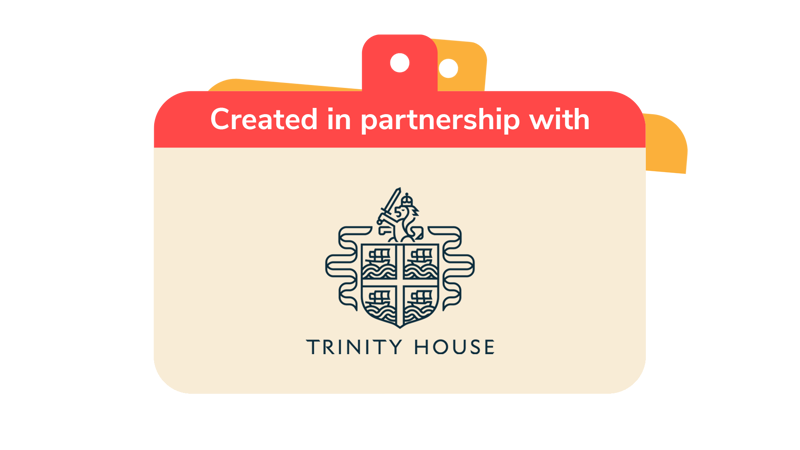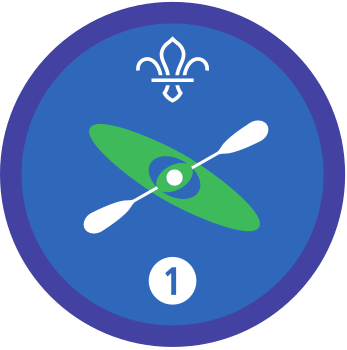
Which craft?
You’ll need
- Scissors
- Sticky tack
Before you begin
- Print and cut out the ‘Images of watercrafts and waters’. Each group will need at least one set.
- Create answers sheets on big pieces of paper, and label with the correct category for each picture card:
- Paddlecraft: kayak, canoe, paddleboard, sit-on-top kayak
- Sailcraft: catamaran, dinghy, keelboat
- Rowboat: rowboat, dragon boats, scull boat
- Stick these category sheets up on the wall at one end of the room.
- Put a piece of white tack on the back of each picture card so it can be stuck onto one of the category labels during the game.
Introduce the paddlecraft
- Involve everyone in a discussion about what watercraft are (vehicles that travel in water). See how many different watercraft the group can name.
- Introduce the three types of watercraft used in this activity:
-
- Paddlecraft are moved using manual power from a rower with a paddle. Paddles aren’t fixed to the craft and can be moved freely. Paddlecraft don’t have a sail.
- Sailcraft are moved using wind power from a sail. Some sailcraft also have an engine or oars so that they can be powered when there’s little wind.
- Rowboats are moved using manual power from oars. Oars are similar to paddles but they’re attached to the boat, so have a reduced range of movement. Rowboats don’t have a sail.
- Can the group name some watercraft that fit into one of the three categories? Talk about why the craft might fit the category, focusing on the key features that show what type of craft it is.
- Next, see if anyone can name some bodies of water where different watercraft can travel.
Make it a race
- Split the group into teams of between four and six.
- Give each team a set of images showing different watercrafts and waters.
- The team must work together to decide which category each watercraft falls into, and the waters it can travel on.
- The teams will play against each other in a race to stick their picture cards onto the category labels. To get to and from the category, they should carry out an action based on the picture. Some can be done by one team member while others might need the whole team.
For example, to move like a dragon boat, the whole team could paddle towards the category label. To move like a dinghy, some team members could be the wind by blowing another team member towards the label. To move like a kayak, one or two people could paddle towards the category label, using their paddle on both sides of their imaginary craft.
- Not all watercraft can travel in the same waters, so players are allowed to draw one line connecting a watercraft and water on their category sheets with each go.
Stick to the rules
- Teams can only move one picture card at a time.
- Each team has to wait for anyone taking the previous picture card to the category label to return before they can set off with the next picture card.
- Team members are allowed to start looking and preparing for the next picture card so they’re ready to go as soon as the previous person returns.
- Be aware of actions and of crossing paths with other teams. Avoid bumping into each other.
After the race has finished
- Pick one of the picture cards and ask the teams which category label they selected and why. If they correctly placed watercrafts in categories, or linked them to waters according to the ‘Which waters?’ answers below, encourage the group to talk about the craft. Some information you could use:
-
- Kayak. A narrow paddlecraft propelled using a double-bladed paddle. Kayaks have a hole on the top, which is the opening to the cockpit. The cockpit is the inside of the kayak where you sit. In the case of a sit-on-top kayak, there is no cockpit.
- Catamaran. A sailcraft that has two hulls (the body of the boat that goes in the water).
- Rowboat. A small rowboat with oars attached to the frame.
- Dinghy. A small sailcraft.
- Canoe. A paddlecraft propelled using a single-bladed paddle, meaning you only paddle on one side. Normally canoes are open-top.
- Keelboat. A small or medium sized sailboat. These boats have a keel on the bottom of the boat, which is like the fin on a fish.
- Paddle board. A paddlecraft that you stand or kneel on top of and use a single-bladed paddle to move.
- Scull boat. A narrow rowboat normally used for racing. Rowers have an oar attached to a frame on both sides of the boat.
- Dragon boat. A paddlecraft for a large team. These are normally used for racing.
- If a team has put a card in the wrong category, move it to the right one. Everyone should think about the reasons why it doesn’t fit the category.
River:
- Kayak
- Canoe
- Paddle board
- Rowboat
- Dragon boat
- Scull boat
Canal:
- Kayak
- Canoe
- Paddle board
- Rowboat
- Dragon boat
- Scull boat
Lake:
- Kayak
- Canoe
- Paddle board
- Rowboat
- Dragon boat
- Dinghy
- Keelboat
- Catamaran
Sea:
- Kayak
- Canoe
- Paddle board
- Dragon boat
- Dinghy
- Keelboat
- Catamaran
Reflection
This game helped you to look after your body by being active. After the game finishes, talk about how everyone is feeling. Highlight how the game showed the different ways that various watercraft are rowed, paddled or sailed. Did you find some actions easier than others? Which actions were the most fun? Do you think this game helped prepare you for paddling a real craft? How might practising indoors be different to having a go on the water?
This game was also about working in a team. How did you work together in your team? Was everyone able to help? How did you talk to each other? What are some good qualities of leaders when working in small teams? Did anyone lead your team?
Safety
All activities must be safely managed. You must complete a thorough risk assessment and take appropriate steps to reduce risk. Use the safety checklist to help you plan and risk assess your activity. Always get approval for the activity, and have suitable supervision and an InTouch process.
- Active games
The game area should be free of hazards. Explain the rules of the game clearly and have a clear way to communicate that the game must stop when needed. Take a look at our guidance on running active games safely.
- Scissors
Supervise young people appropriately when they’re using scissors. Store all sharp objects securely, out of the reach of young people.
- Change the number of picture cards to suit the group. Think about including some watercraft that could fit into several categories, like a boat with a sail that also has oars, to encourage more discussion.
- The picture cards have the names of the craft under them. To make this activity more difficult, you could separate the names from the images and ask teams to match them up first.
- Everyone is encouraged to take a picture card up to the category label at least once, but they can choose to help out with the sorting if they do not want to take part in the active element of the game. If members of the group have mobility issues, let them know that many water sports are fully wheelchair accessible.
- The dragon boat picture card involves the whole team. Individuals can choose whether they want to get involved, and if they do, they will be supported to take part with the rest of their team.
All Scout activities should be inclusive and accessible.
